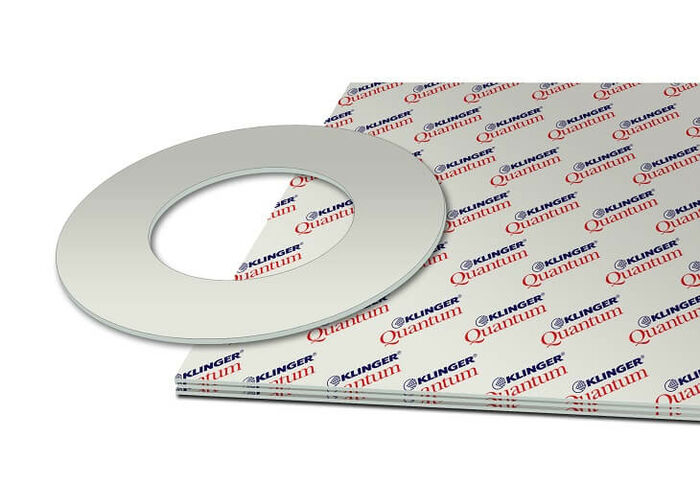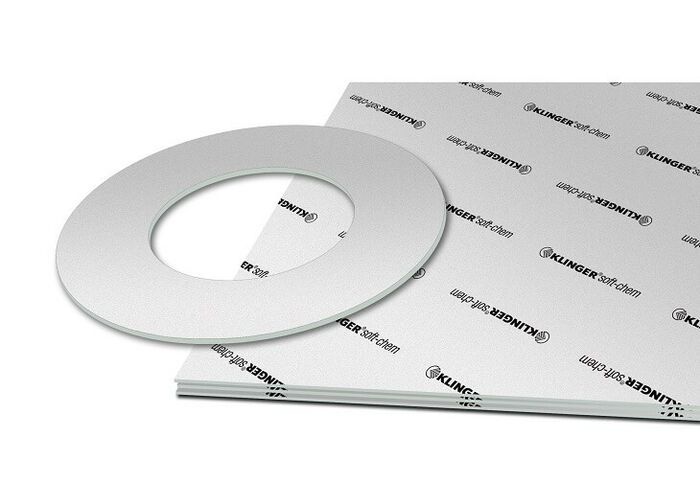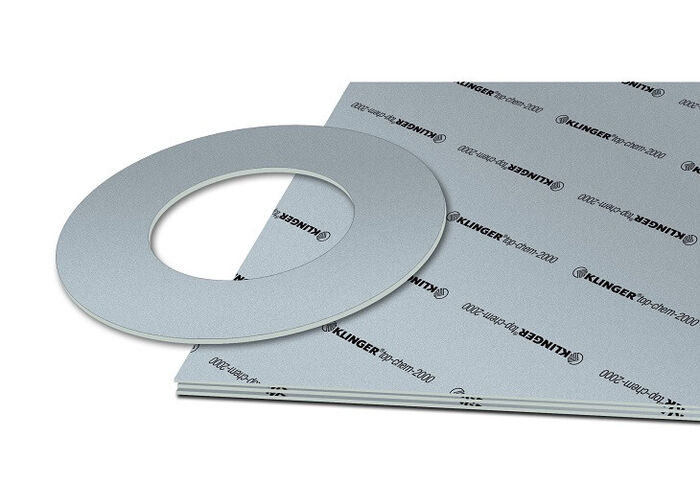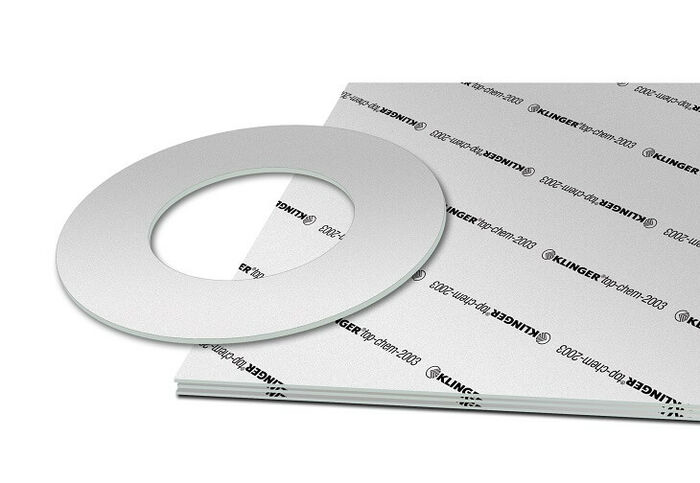Material Hub > Materialien
Materialien
-
Kategorie VerbundwerkstoffeKompressibilität 10 %Kaltstauchwert 10 %
-
Kategorie ThermoplasteKompressibilität 55 %Kaltstauchwert 40 %
-
Kategorie VerbundwerkstoffeKompressibilität 3 %Kaltstauchwert 2 %
-
Kategorie VerbundwerkstoffeKompressibilität 18 %Kaltstauchwert 9 %
-
Kategorie KunststoffbeschichtungKompressibilität –Kaltstauchwert –
-
Kategorie ThermoplasteKompressibilität 35 %Kaltstauchwert 24 %
-
Kategorie ThermoplasteKompressibilität 3 %Kaltstauchwert 3 %
-
Kategorie ThermoplasteKompressibilität 7 %Kaltstauchwert 3 %
-
Kategorie ThermoplasteKompressibilität 50 %Kaltstauchwert 40 %
-
Kategorie ElastomereKompressibilität 39 %Kaltstauchwert 20 %
-
Kategorie ElastomereKompressibilität 18 %Kaltstauchwert 12 %







